Bulat Sabirov, RSK: ''Kazan has the possibility to reduce the tariff for heat''
The main problem of the current heat supply scheme is the incorrect distribution of heat loads
Four years ago, the heating network company RSK entered the Kazan market, the main task of which was the construction of networks for the newly built residential district Salavat Kupere. Today, the organization operates and maintains kilometres of heat and water supply networks, as well as water disposal. Realnoe Vremya interviewed the deputy director general of RSK for economy and finance, Bulat Sabirov. He told about what has been achieved over the work of the company, why the tariff for heat in Salavat Kupere is lower, and whether it is possible to reduce the cost of heating in Kazan.
Abandoned networks require significant investments
Mr. Sabirov, this year marks 4 years since the foundation of RSK PLC. What goals did the company set for itself at the beginning? Has the company managed to achieve everything?
RSK PLC was created as a heating network organisation, the main aim of which was the construction of heat networks to supply heat energy in hot water from the source of the branch of TGC-16 JSC — Kazanskaya CHPP-3 to the inhabitants of the then newly constructed residential area Salavat Kupere. To date, the networks have been laid to the first stage of Salavat Kupere (22 houses, two autonomous kindergartens, one secondary school. Two stages of 50,000 inhabitants are expected in total). Also, in addition to heat supply networks, the complexes of water supply and disposal have been built.
The next step is the laying of engineering and technical networks for the second stage of Salavat Kupere.
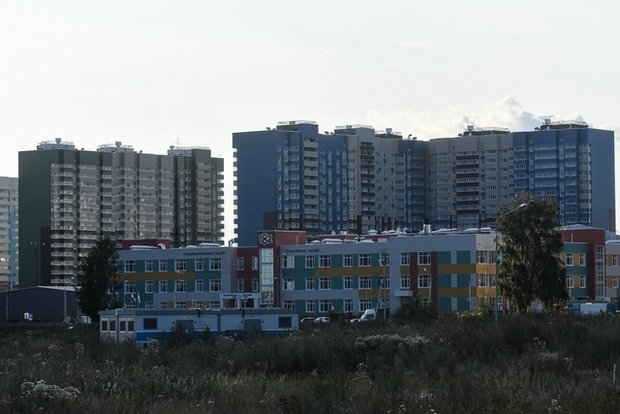
What technical indicators has the company achieved over its work on the market?
To date, the company operates and maintains 11,5 kilometres of heat supply networks, 15 kilometres of water supply networks and 46,5 kilometres of sewerage networks in Salavat Kupere. The facilities of the engineering and technical support include not only linear objects of the networks, but also pumping stations, heat metering points and others.
As far as we know, the heat supply scheme of Kazan, approved in 2015, found ownerless networks in the RSK zone. Has the company used them?
It is right. When approving the scheme of heat supply of Kazan by the order of the Ministry of Energy of the Russian Federation No. 130, 15 March 2015, it was determined as the area of heat supply of the branch of TGC-16 JSC — Kazanskaya CHPP-3 and has the status of ETO-2. The specified zone included ownerless networks down Avtozavodskaya Street. As ETO-2 became for the enterprises on this street as the supplier of thermal energy and heat carrier, then between TGC-16 and RSK the contract of transport of thermal energy and the heat carrier, including to the consumers powered from the ownerless networks, was signed. The search for the owners of the networks was not successful, and by the order of the Executive Committee of Kazan the networks were found to be mismanaged and then transferred to the operation of the RSK. It should be noted that the state of the ownerless networks leaves much to be desired, the networks require significant investment, 614,500 rubles were spent on them in 2017, including VAT.
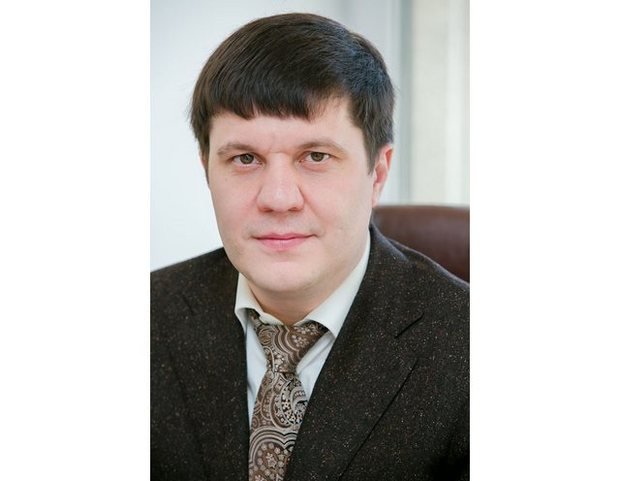
The wear-out rate of the thermal networks at RSK in the area Salavat Kupere is low, as the networks are new
What is the wear-out percent of the heat networks at RSK?
The wear-out rate of the thermal networks at RSK in the area Salavat Kupere is low, as the networks are new. The average wear-out percent of the main heating pipe No. 16 is estimated at 40%. The ownerless networks need to be completely replaced due to the 100% wear-out.
''The problem of the heat supply scheme is in incorrect load distribution''
The tariff for heat in the residential area Salavat Kupere is one of the lowest in Kazan. Could you tell us at the expense of what it is possible to constrain growth, as in the most part of the city the figures in payment orders on heating are just
exorbitant …
The structure of the final tariff for the population consists of two components: the tariff for thermal energy produced at the station collector and the tariff for transmission. Given that the tariff for the production of thermal energy at Kazanskaya CHPP-3 is lower than the average tariff for Kazan, and the transport component of RSK is also competitive, it turns out that the residents of Salavat Kupere receive the thermal energy at a lower rate than in Kazan in general.
What is the share of non-payments for heat in the neighbourhood?
To date, the collection of payments is quite low — 86%.
What is the reason?
It is due to non-payments of the inhabitants housed under the programme of providing housing to orphan children, and non-payments of part of inhabitants — participants of the state programme of resettlement from emergency housing.
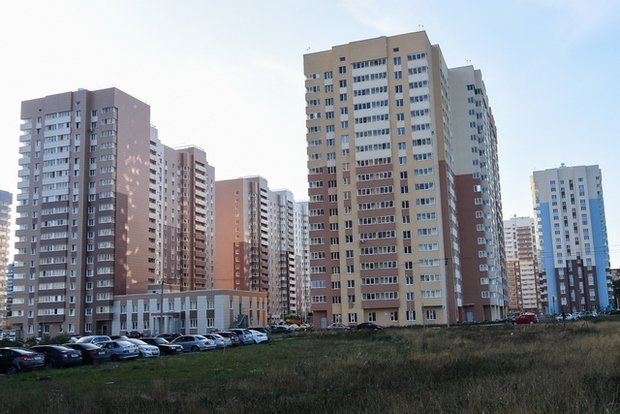
Discussions on the inefficiency of the current heat supply scheme have been going on in Kazan for a long time. Now the city is waiting for a new version of the document. In your opinion, what should be the priority in the formation of the new model of the heat scheme of the city?
The main problem of the current scheme is incorrect, in terms of efficiency of heat supply of the city, the distribution of thermal loads. I agree with the decisions taken at the meeting in the ministry of energy and at the headquarters of the President of the Republic of Tatarstan, I believe that the sources with combined heat production should be loaded more while reducing the supply of heat from obsolete boilers of the city. First of all, the tariff consequences for the population of the city should be estimated, and this part depends on the distribution of loads by heat sources.
Does Kazan have an opportunity to reduce the tariff for heat?
It does. Again turning to the scheme of heat supply, adopted by the State Committee of the Republic of Tatarstan on Tariffs for one of the bases in the formation of the tariff, it is necessary to make a competent distribution of the volume of heat supply from heat sources of the city. I hope this will happen when actualising.
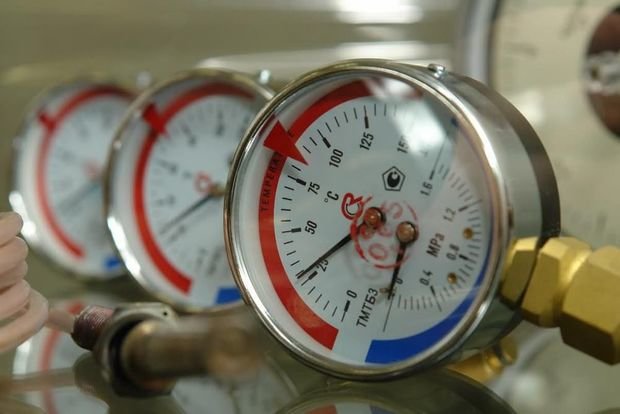
It is clear, if the city nevertheless goes the way of departing from combined generation, the tariffs will increase. Will it affect Salavat Kupere?
Definitely. Then the volume of heat supply from the CHPP of the city will fall and, accordingly, the rates will increase as fixed costs for the maintenance of stations have not been cancelled. The residential area Salavat Kupere is also a part of the city. Given the social significance of the project, I think it will be a deterrent to the settlement of the residential area and its development.
The plans are to increase the volumes
In addition to the residential area Salavat Kupere, RSK also provides heat to the district M-14. How is the work built there?
In order to provide the residents of the residential buildings of the district M-14 with heat and hot water, a block-modular boiler house was built and launched in September 2016. To date, RSK PLC operates and ensures uninterrupted operation of the boiler and the heating networks on the district M-14.
How actively is the company modernizing its production? Do you introduce new technologies?
All new heating networks are made in insulation foam and equipped with modern high-tech and fully automated equipment, due to which it is possible to control the operation of all devices in real time. Modern gas boilers and burners are used in the boiler room. In addition, all networks of engineering and technical support are equipped with metering devices. With the exception of ownerless networks.
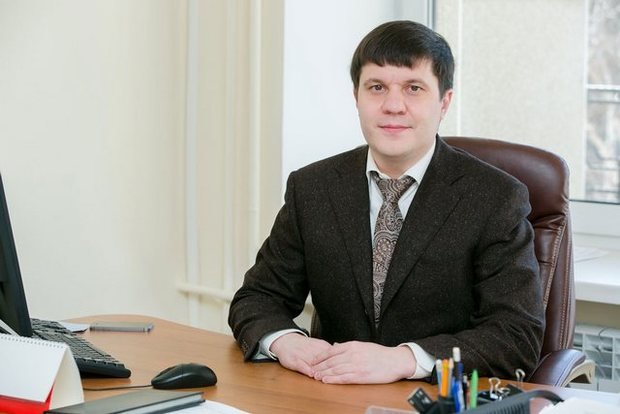
In the near future RSK plans to increase the volume of transportation of resources in connection with the further development of the residential area Salavat Kupere
Is there sufficient personnel potential?
RSK is a young, developing company. Our employees grow and develop together with the company. The organization has both highly qualified employees with years of experience and young professionals who are only at the beginning of their professional career. All specialists come from completely different fields of activity and educational institutions. Engineering staff are mostly graduates of the Power Engineering University, Kazan State Technological University, Kazan National Research Technical University named after A.N. Tupolev.
What are the plans of the RSK for the near future?
In the near future RSK plans to increase the volume of transportation of resources in connection with the further development of the residential area Salavat Kupere, and to take into operation the networks built by the state housing fund to the residential buildings in the republic under the state programme of resettlement of citizens from emergency housing and social mortgage.
To date, a huge number of networks are operated by the state housing fund. Now there is a task to carry out their inventory and to begin professional operation.